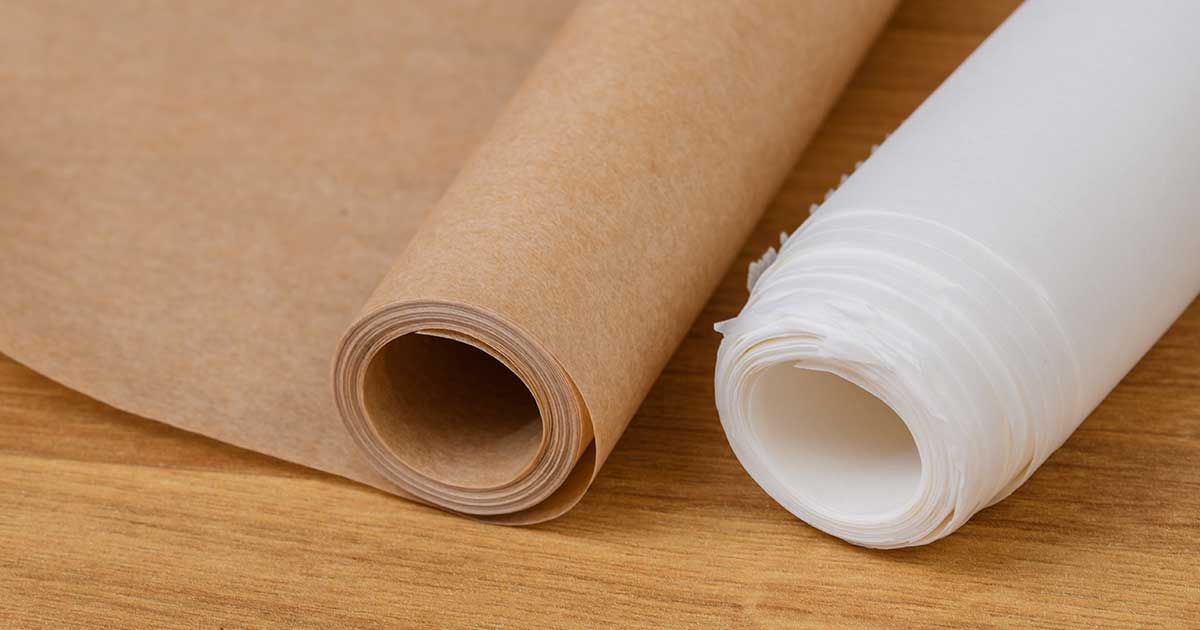Parchment paper is a versatile kitchen essential used for various tasks, from baking to cooking and even crafting. To ensure that it remains in good condition for as long as possible, proper storage is crucial. In this guide, we will explore effective methods for storing parchment paper and tips to maximize its longevity.
Understanding Parchment Paper
Before diving into storage techniques, it’s essential to understand what parchment paper is. Parchment paper is a cellulose-based paper that is treated to make it heat-resistant and non-stick. It is commonly used in baking to line pans, wrap food, and create packets for cooking. Because of its unique properties, it’s important to take care of it properly.
The Importance of Proper Storage
Storing parchment paper correctly helps maintain its quality and usability. Improper storage can lead to damage, such as tearing and curling, which can make it difficult to use. Additionally, exposure to moisture, heat, and light can degrade the paper’s quality over time. Therefore, understanding how to store parchment paper is essential for any home cook or baker.
Choosing the Right Storage Location
1. Dry Environment
One of the most important factors in storing parchment paper is choosing a dry environment. Moisture can cause parchment paper to warp and lose its non-stick properties. Ideally, keep it in a location that is free from humidity, such as a kitchen cabinet or pantry.
2. Cool Temperature
Heat can also negatively affect parchment paper. Storing it in a cool area away from heat sources like ovens, microwaves, or direct sunlight is essential. High temperatures can cause the paper to become brittle and less effective for baking.
3. Away from Light
Light exposure can lead to discoloration and degradation of parchment paper. Store the paper in a dark place, or at least in a container that protects it from direct light. This will help maintain its quality over time.
Proper Packaging for Storage
1. Keeping It in the Original Packaging
If you purchase parchment paper in rolls or pre-cut sheets, it’s often best to keep it in its original packaging. The packaging is designed to protect the paper from moisture and light, as well as prevent it from getting damaged.
2. Use a Resealable Bag
If the original packaging is damaged or if you’ve cut the paper into smaller pieces, consider transferring it to a resealable plastic bag. This will help keep it airtight and protect it from moisture. Make sure to remove as much air as possible before sealing the bag.
3. Storage Containers
For those who prefer a more organized approach, consider using a dedicated storage container. A sturdy, dry container with a lid can help protect your parchment paper from environmental factors. Ensure that the container is large enough to accommodate the paper without bending or folding it.
Avoiding Common Mistakes
1. Don’t Overcrowd
When storing parchment paper, avoid overcrowding it with other items. This can cause the paper to become creased or crumpled, making it unusable. Keep it in a designated spot where it won’t be squished or damaged by other kitchen items.
2. Avoid Storing Near Strong Odors
Parchment paper can absorb strong odors from its surroundings. To prevent this, store it away from foods or substances with strong scents, such as spices or cleaning products. This will help ensure that your parchment paper remains neutral and does not affect the flavor of your baked goods.
Tips for Using Parchment Paper
1. Cutting to Size
When using parchment paper, consider cutting it to the size you need for specific baking tasks. This is especially useful for lining baking pans. Just remember to store any leftover pieces properly, using the methods mentioned above.
2. Reusing Parchment Paper
In some cases, you can reuse parchment paper if it hasn’t been heavily soiled. Gently wipe off any food residue and allow it to dry before storing it again. Just ensure that it is still in good condition; if it’s torn or discolored, it’s best to discard it.
3. Labeling
If you use different types of parchment paper (e.g., bleached vs. unbleached), consider labeling your storage containers or bags. This can save you time and help you pick the right type for your needs.
Conclusion
Properly storing parchment paper is essential for ensuring its longevity and effectiveness in the kitchen. By choosing a dry, cool, and dark environment, using appropriate packaging, and avoiding common mistakes, you can keep your parchment paper in excellent condition for all your baking and cooking needs. With these tips, you’ll be able to maximize the life of your parchment paper, making it a reliable tool in your culinary adventures.
By following these guidelines, you can ensure that your parchment paper remains ready for use whenever you need it, allowing you to bake and cook with confidence.








